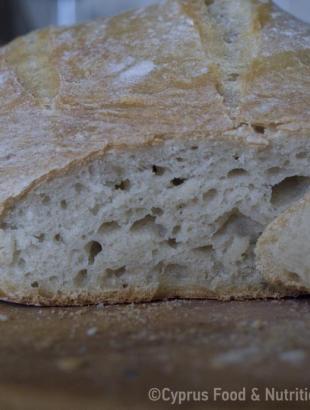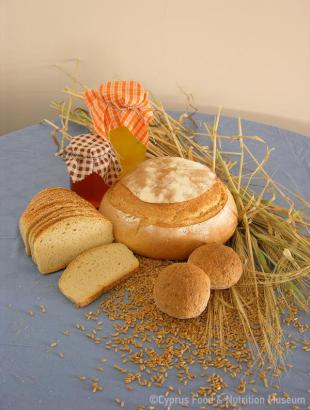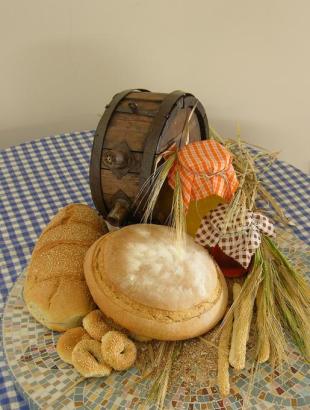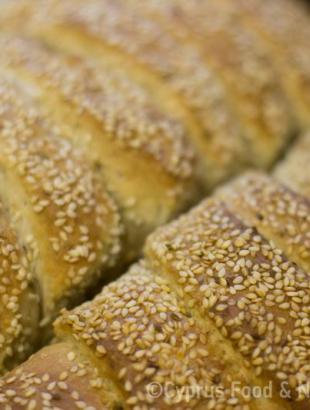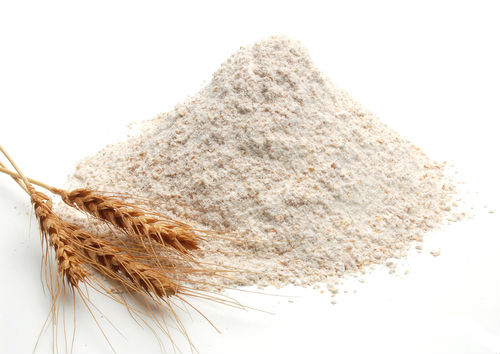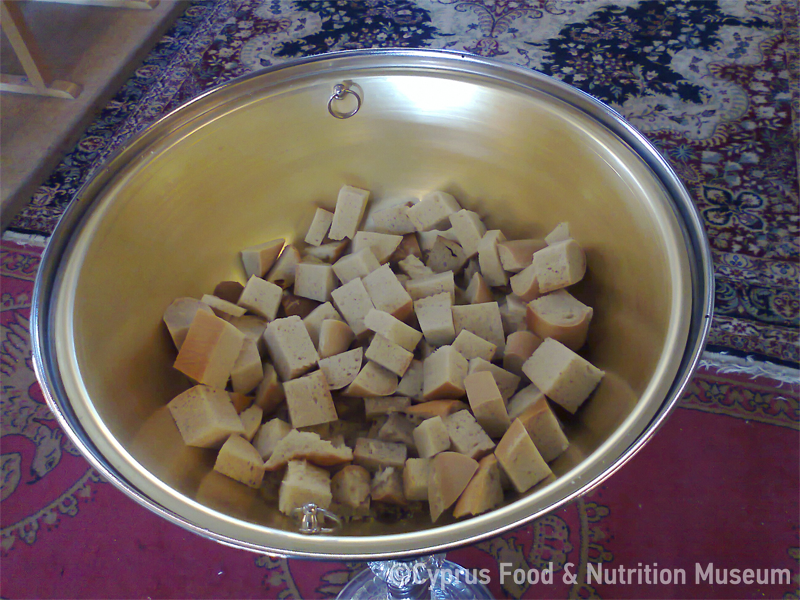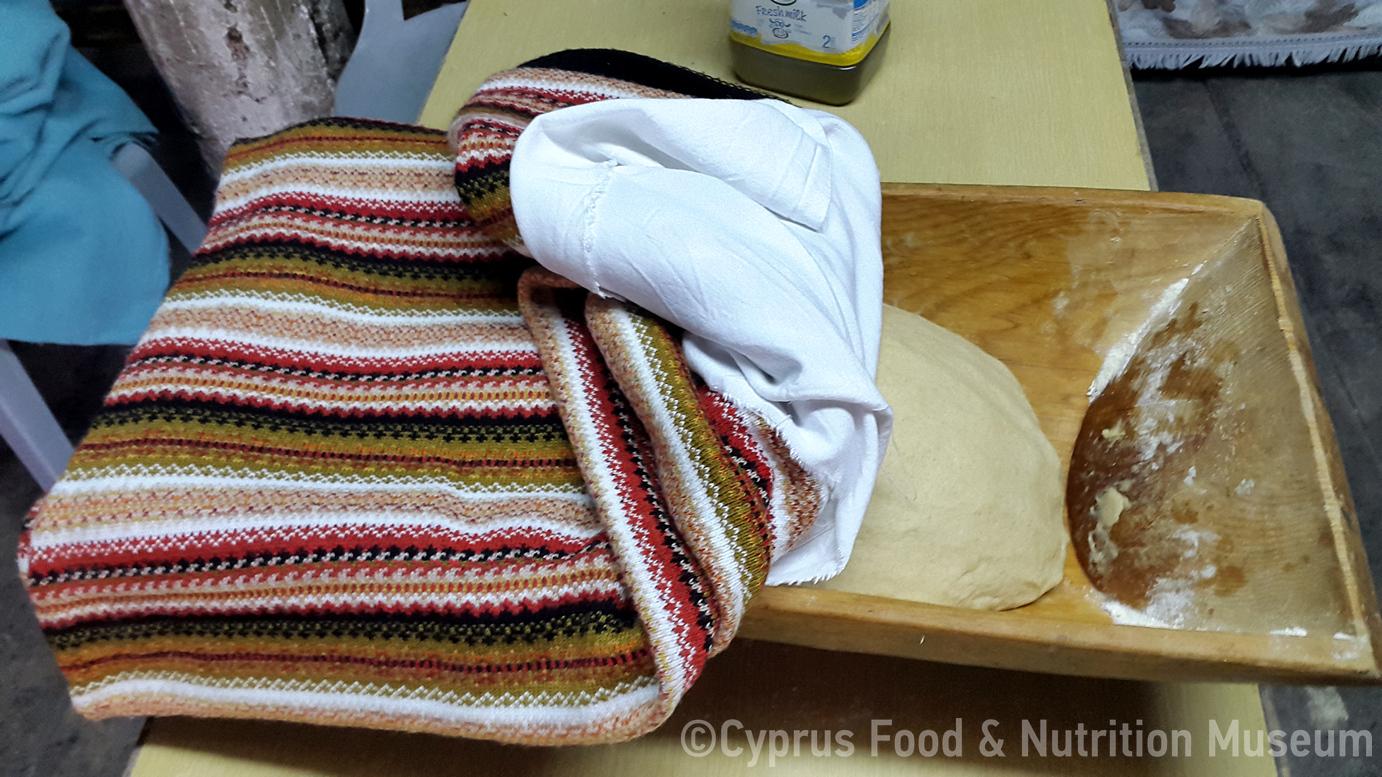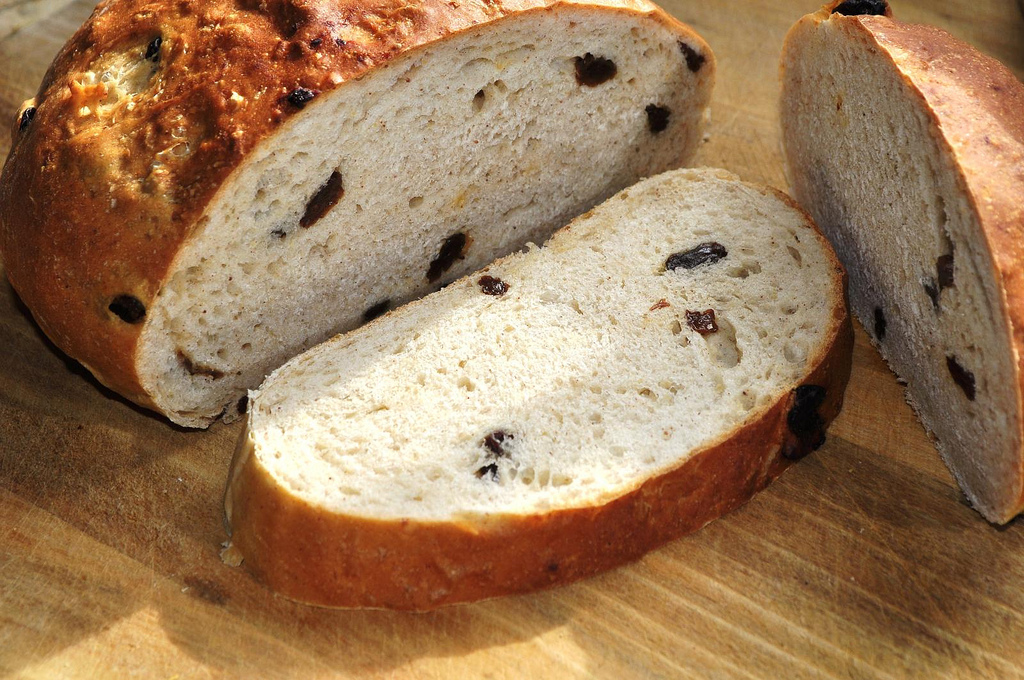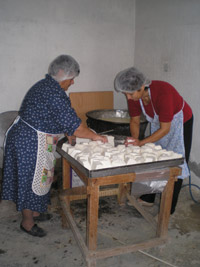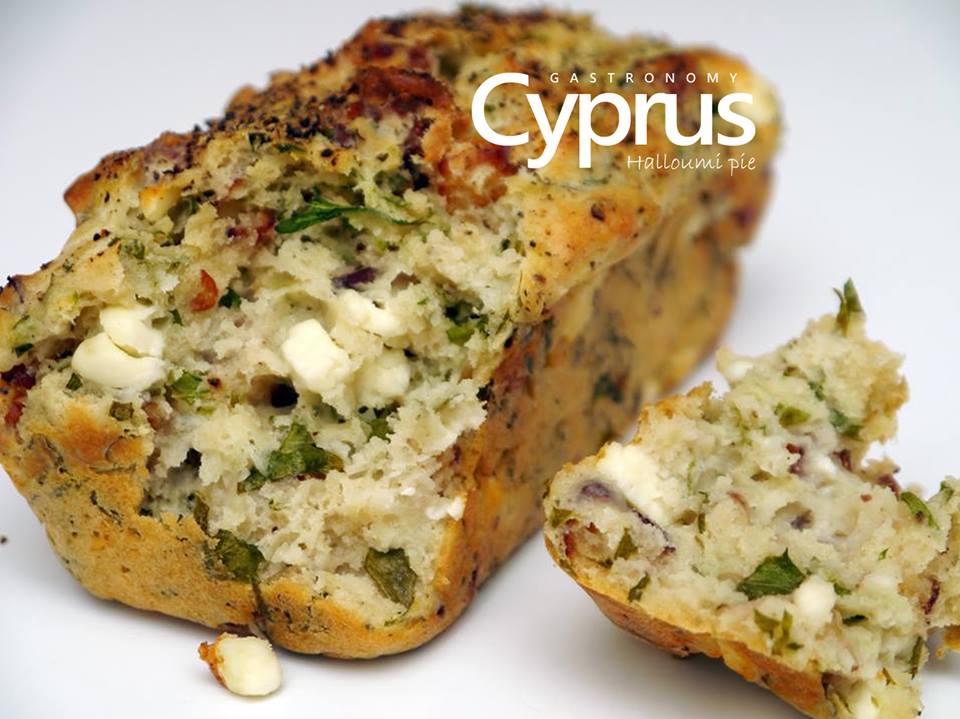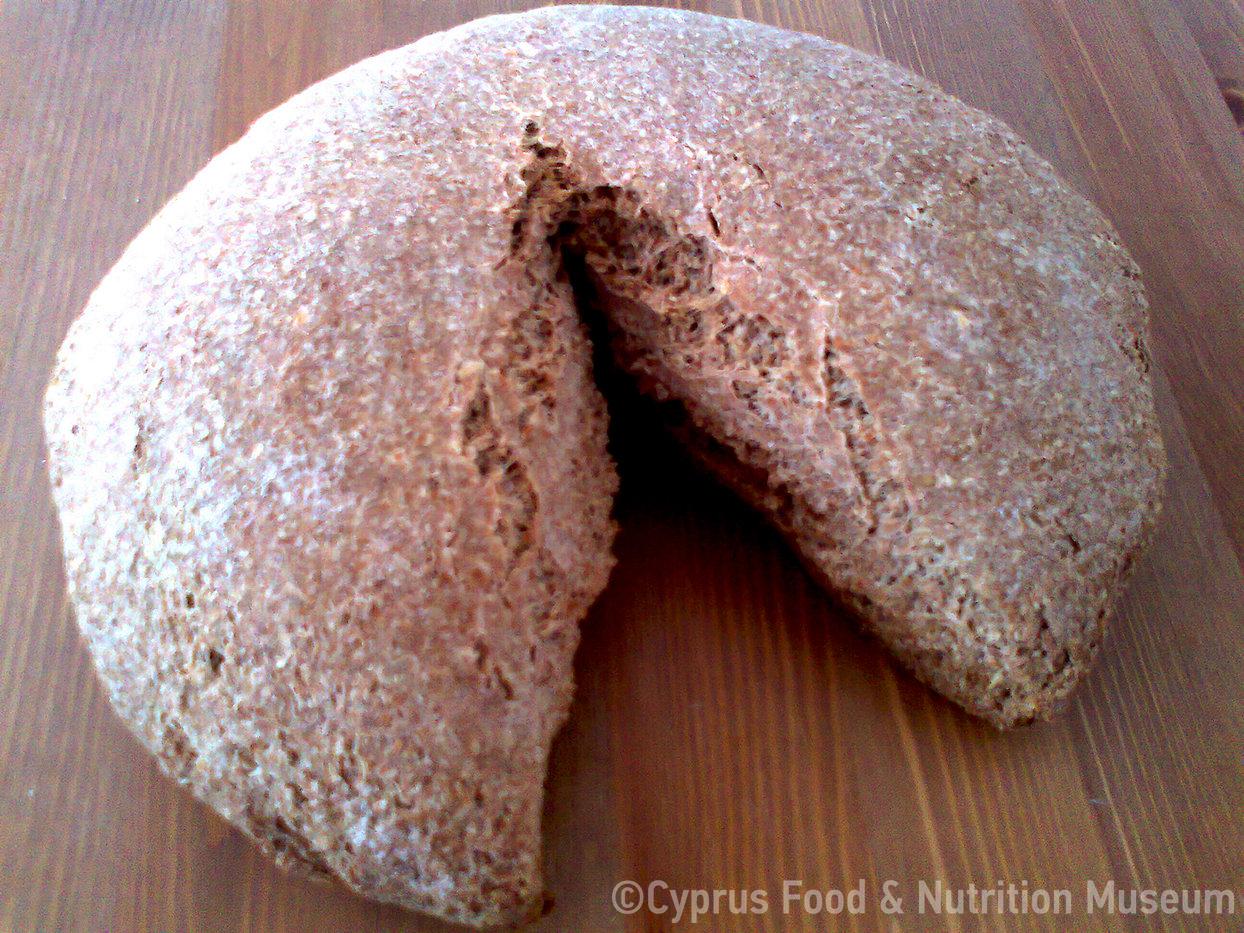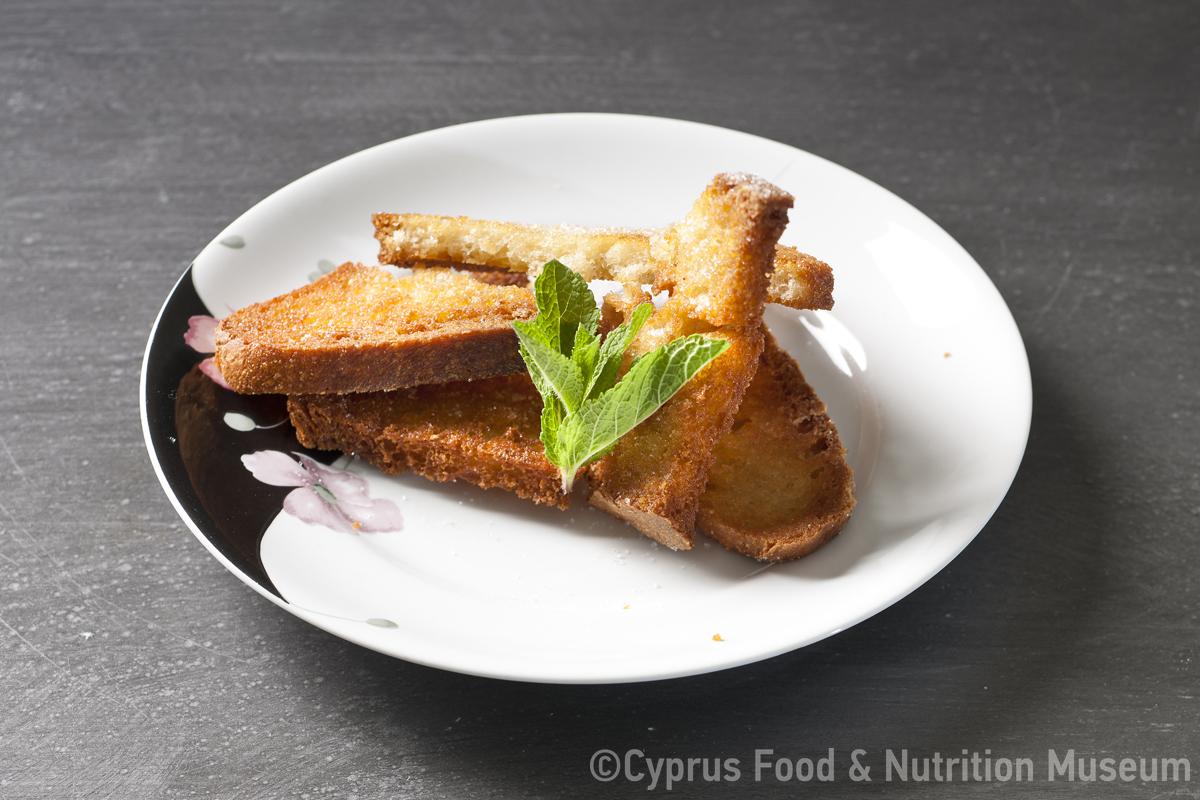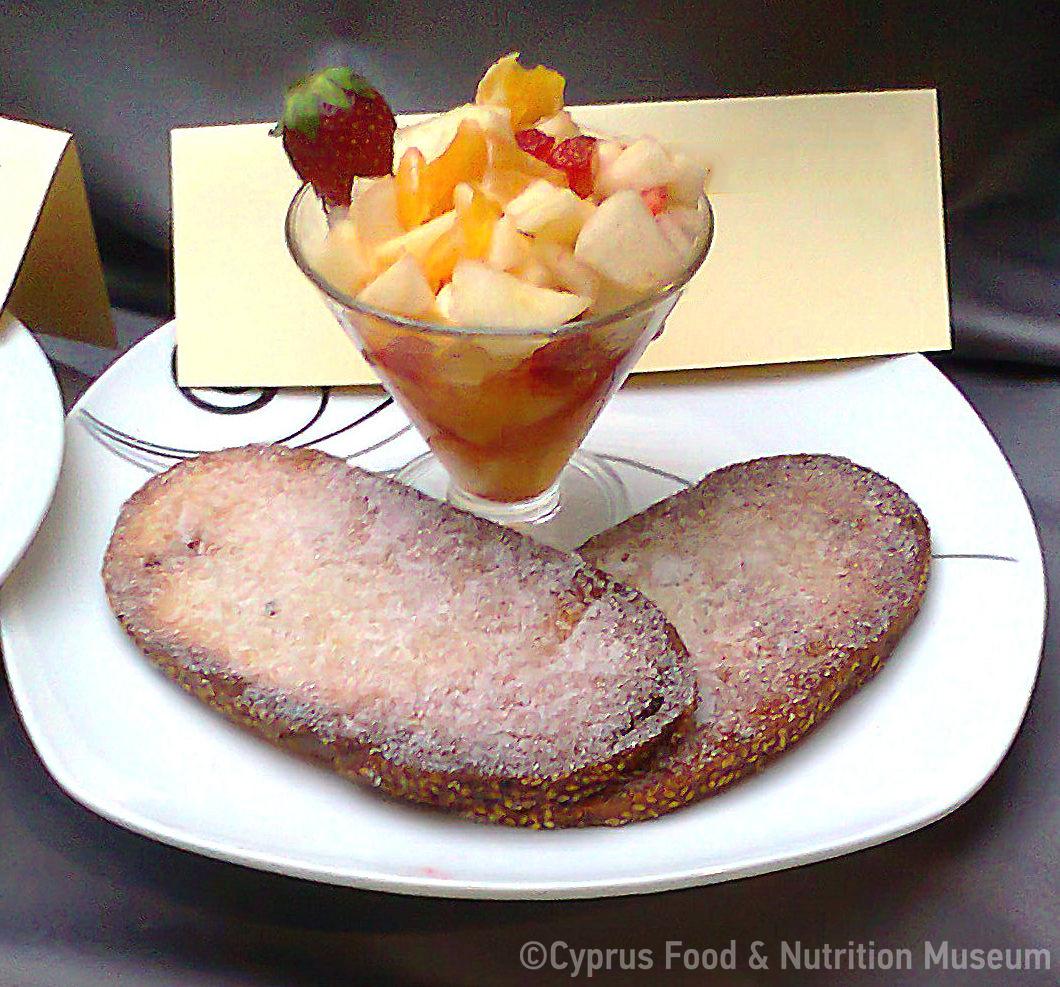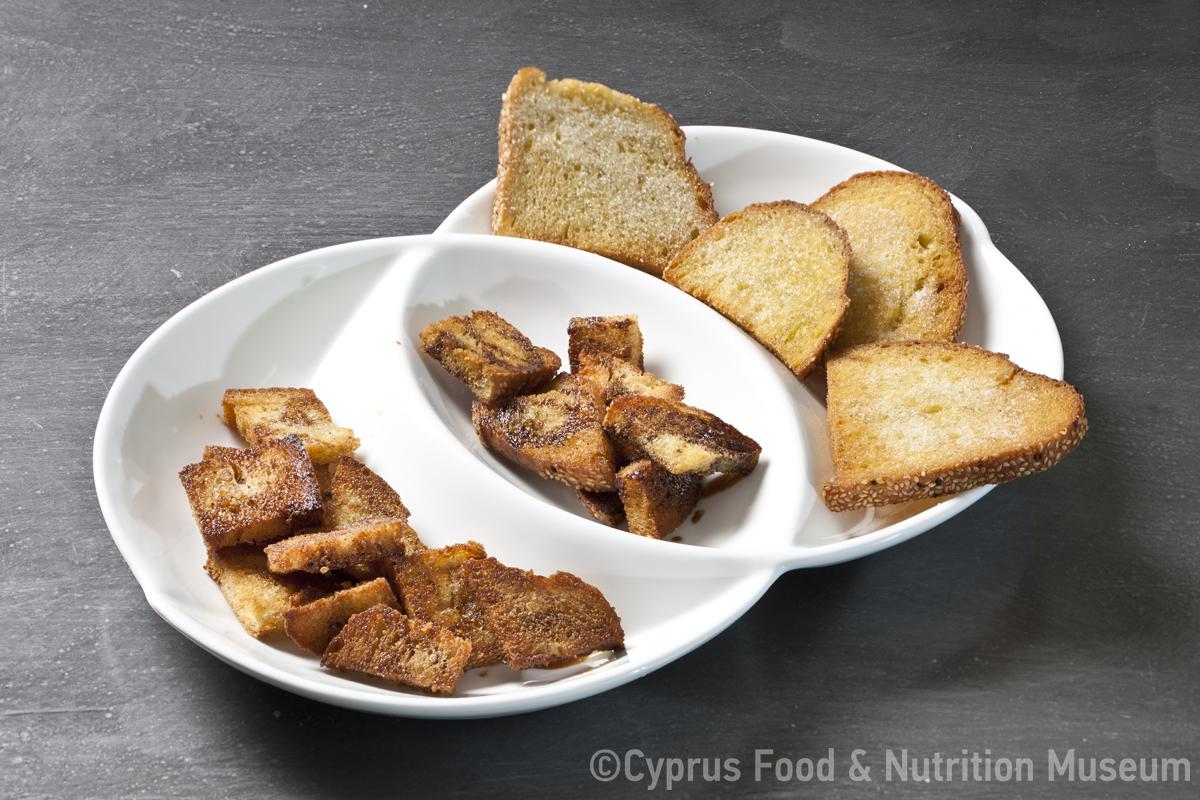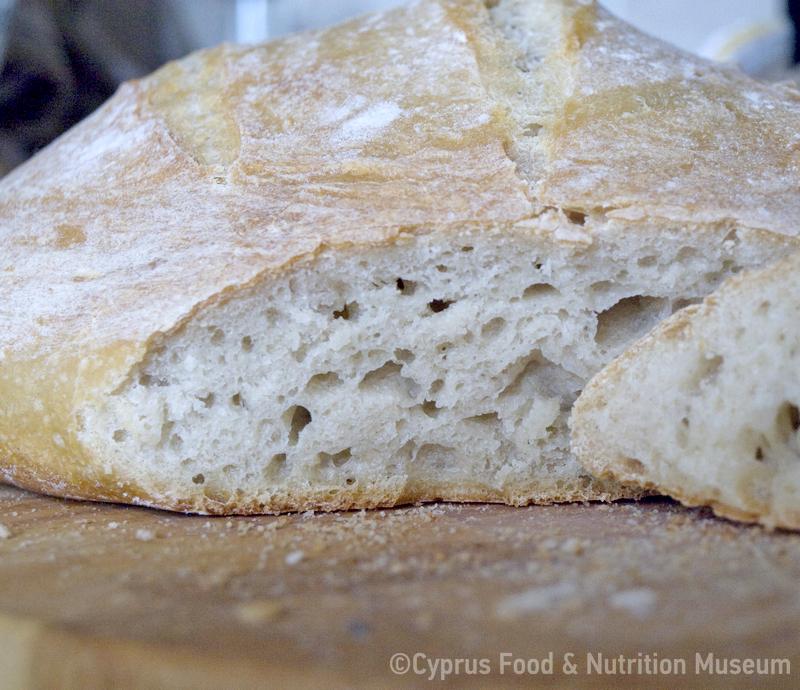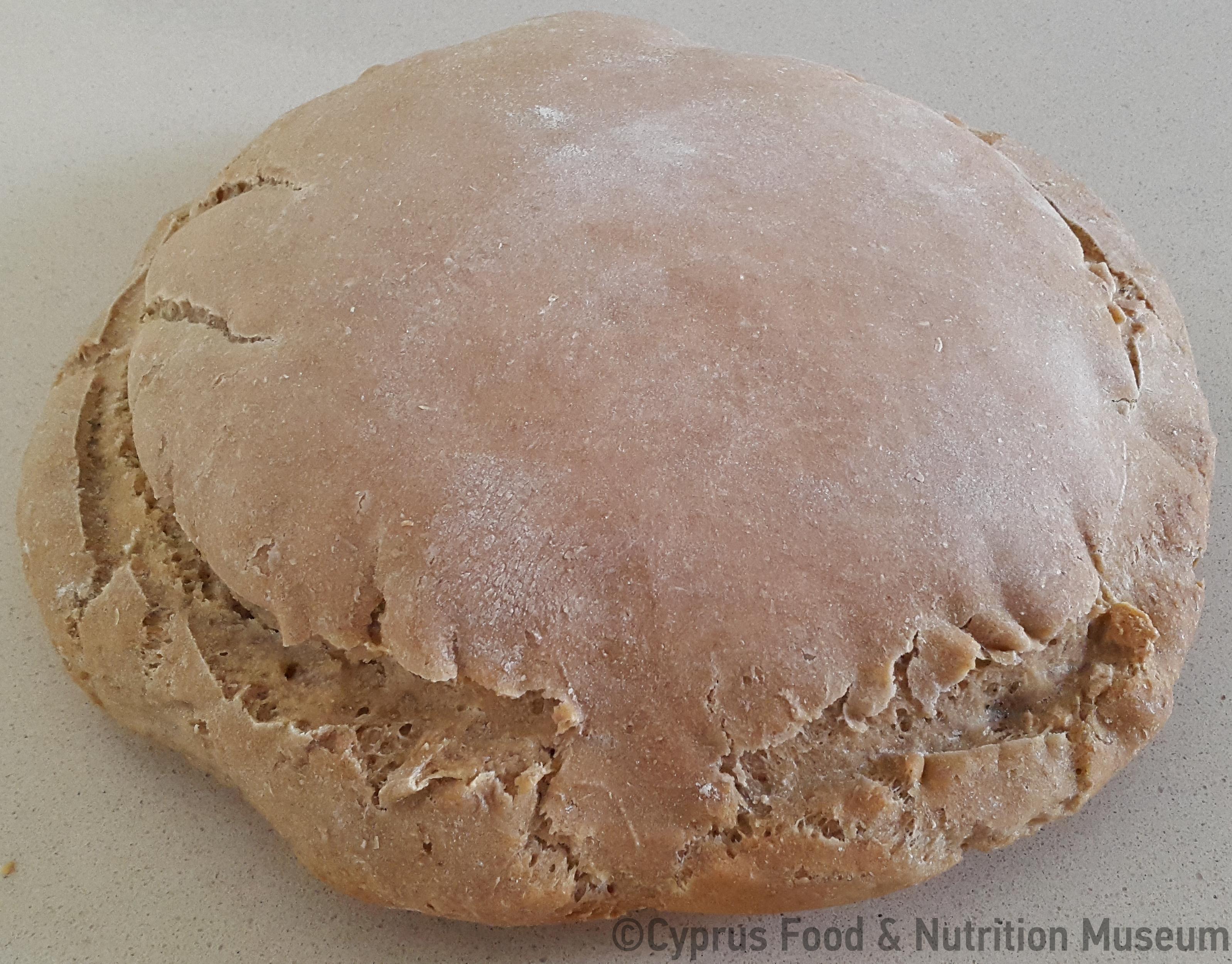Women had to get up at dawn to prepare the boukkoman (breakfast), which was usually a lot of bread with some halloumi or olives with onions
Name - Origin
Ψωμί, άρτος
ETYM. common dialect of ancient Greeks ψωμίν < ancient Greek ψωμός (Yangoullis 2009, entry ψουμίν,το, 534) Lytratz̆énon is unleavened bread, i.e. without sourdough starter (Yangoullis 2009, entry λυτρατζ̆ένον - λυτράτζ̆ιν - λυδράτζ̆ιν,το - λυθρατζ̆ένος,ο, 263; Petrou-Poeitou 2013, entry Λυτρατζιένο, 79).
Wheat and barley were cultivated for the production of bread. Barley was harvested before wheat was harvested and before the locusts would pass by, so that the production of bread flour would be relatively secured. Cereals were planted in all places up to an altitude of 2000 feet, with the exception of the Paphos plateaus where, for survival reasons, cultivation was required even at higher altitudes (Ionas, 2001, 22).Bread was prepared using wheat flour, but during periods of drought (which Cypriots used to call astos̆iá), either wheat flour would be mixed with barley flour or bread would be made using just barley flour. When bread would be old and very hard, it would be cut in the middle and placed in the oven to dry up (to become “kavkaliés” - rusks) so as to be consumed when dipped either in the broth of a dish or in water.Bread made with local wheat flour was relatively dark-coloured; darker than the bread made with mixed barley flour. Bread sold in Nicosia, however, was made with imported Australian flour and was white (hásiko). During the 2nd World War, it was mandatory throughout Cyprus, to add a certain quantity of raisins to the bread dough (Economides, 2009, 177).
Functional and symbolic role
Bread was an essential dry food for everyone, especially for the poor people.Almost every house had its own traditional oven. Every 10-15 days, each household would bake 10-20 loaves of bread, according to the workload and needs of each season, and would keep them on a hanging weaved basket in a cool area of the house. If not enough loaves were left until it was time to bake again, they would borrow a loaf or two from a neighbor or relative, which they would return later. It was common practice for households in order to have fresh bread most of the time.In rural areas, white bread, which was called ‘prosphoroúin’, would not be accompanied by olives or halloumi. Instead, people would hold brown bread in one hand and a piece of prosphorouin in the other, as an accompaniment: ‘Today I ate psoumin tz̆ai halloumin’, ‘today I ate psoumin tz̆ai halouvan’, ‘today I ate psoumin tz̆ai prosphorouin’ (Economides 2009, 177).Many poor people would place bread out in the sun to dry so as not to consume too much of it and, therefore, to save money. If bread would turn mouldy, they would convince their children to eat it by saying to them ‘eat bread that is mouldy so that you become fearless’ (Platis 1995, 14).
On Friday before a wedding, people would bake common everyday. “If the wedding was big, we would prepare 2-3 batches of the same dough. If the wedding was small, we would bake up to 50 loaves and if it was a big wedding, we would bake up to 150 loaves. We would bake them on Friday” (Mavrokordatos 2003, 330).
When a new mother was fit again to get out of bed (after having given birth), the women who were present during birth would gather and, together with the midwife, would form crosses on the walls and doors of the house, believing that this would protect the new mother from harm. During this process they would hold bread (whole, half or just a piece) to drive the evil away from the house, as it was believed that bread and wheat were blessed. This bread was also an offering to spirits. Bread would be placed under the pillow of the new mother and baby to protect them, and to be blessed with not ever having to live without bread. When they would make bread for the first time in a house with a newborn, it was customary to turn a fresh loaf of bread over a baby and knock on the bread once or three times. Some people believed that this process would transmit the power of the bread to the baby. Some other people believed that, by following this tradition, the baby would become healthy looking, and others believed that if they did not follow this tradition, the baby would turn yellow, have fever, or become sick. In some villages, if a child had trouble walking or talking or was weak, they used to hold the child in a basket and go around the village to other households asking them to give bread for the baby to eat. The would say “give the child bread to eat and walk”; those pieces of bread collected had to be consumed by the child within 7 days. The leftovers had to be taken at a crossroad by the child's mother and thrown behind her to be eaten by dogs. In other villages, they would offer bread to other households instead of asking for bread. A common practice to treat a baby who had jaundice was, when baking bread for the first time, to hit two loaves of bread over the baby so that the smell would drive the evil away (Protopapa 2009, 20, 24, 190-192, 204-206, 217, 331, 335-337, 410, 415-417, 530-534, 572).
Additional information and bibliography
A midwife had no time to make bread due to the nature of her work, so bread was often a common form of payment for her
services. As social relations with a midwife would continue after a childbirth, it was customary to give the midwife three loaves of
bread every Christmas and Easter (Protopapa 2009, 20, 24, 190-192, 204-206, 217, 331, 335-337, 410, 415-417, 530-534, 572).
Appios G. B. (1999), Αναμνήσεις από την κατεχόμενη Ζώδια. Παραδοσιακά επαγγέλματα, χαρακτηριστικοί τύποι από την καθημερινή ζωή εύθυμες αληθινές ιστορίες, Nicosia.
Yiangoullis K. G. (2009), Θησαυρός κυπριακής διαλέκτου. Ερμηνευτικό, Ετυμολογικό, Φρασεολογικό και Ονοματολογικό Λεξικό της Μεσαιωνικής και Νεότερης Κυπριακής Διαλέκτου, Theopress Publications, Nicosia.
Ionas I. (2001), Τα παραδοσιακά επαγγέλματα της Κύπρου, Publications of the Centre for Scientific Research, XXXVII, Nicosia.
Mavrokordatos G. I. (2003), Δίκωμο: Το χθες και το σήμερα, Nicosia.
Economides N. G. (2009), Η Κατωκοπιά: οι κάτοικοι, οι ρίζες, ταέθιμα, THEOPRESS Publications, Nicosia.
Platis P. N. (1995), Η Δερύνεια και οι ρίζες της: αναδρομή στοπαρελθόν, Δερύνεια.
Protopapa K. (2009), Τα έθιμα της γέννησης στην παραδοσιακήκοινωνία της Κύπρου, Publications of the Centre for Scientific Research, XLIX, Nicosia.
Hadjiavxentis K. (1994), Άρδανα Αμμοχώστου, I. G. Kasoulides Press, Nicosia.
Hadjioannou K. (1994), Η Άχνα: γενική επισκόπηση, Achna Cooperative Savings Bank, Nicosia
Eleni Christou, Demetra Zannetou, Stalo Lazarou, Savvas Polyviou, Argyro Xenophontos, Tonia Ioakim
